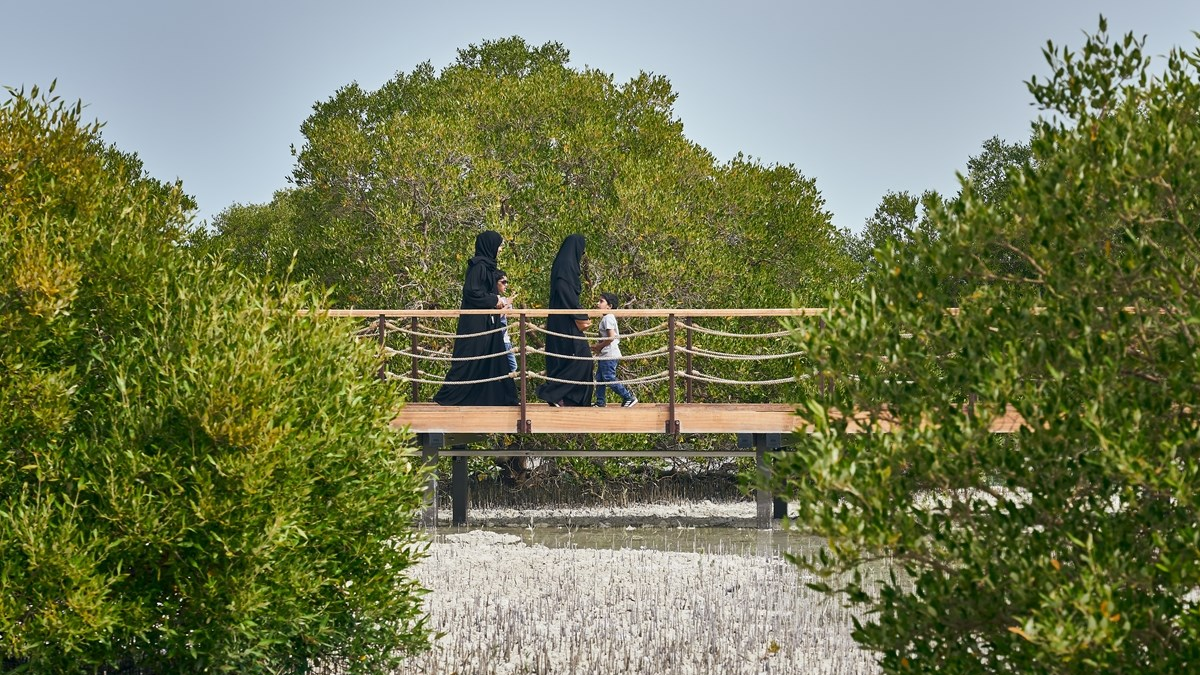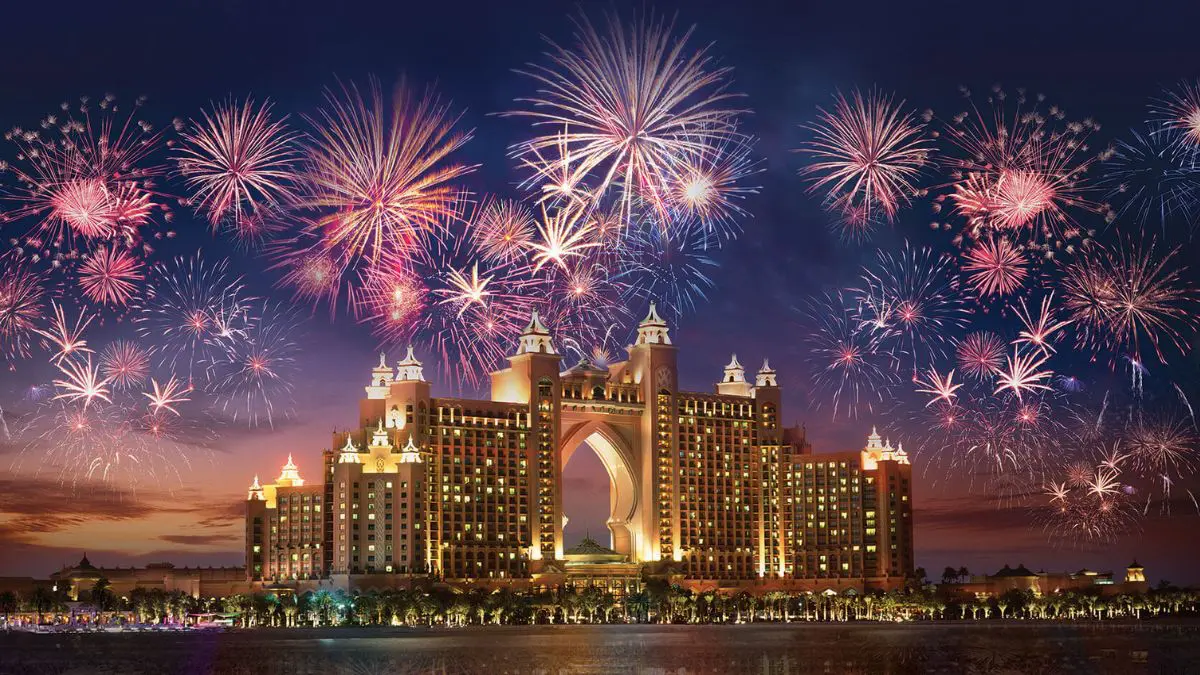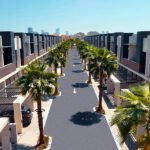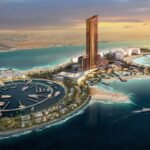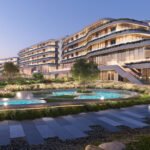Now Reading: UAE Real Estate: 5 Green Communities Offering Sustainable Lifestyle Options in 2025
-
01
UAE Real Estate: 5 Green Communities Offering Sustainable Lifestyle Options in 2025
UAE Real Estate: 5 Green Communities Offering Sustainable Lifestyle Options in 2025
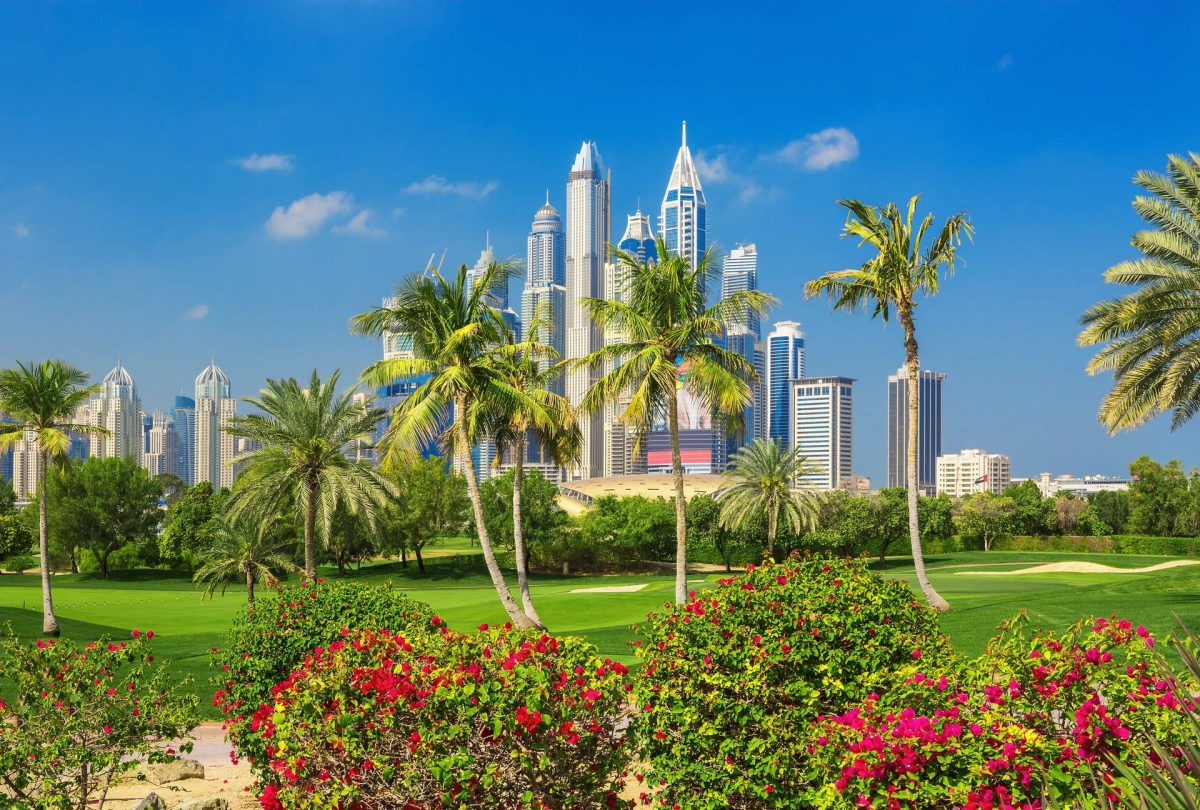
Table of Contents
The UAE real estate market, valued at AED 893 billion ($243.1 billion) with 331,300 transactions in 2024, continues to thrive, projecting 5-8% price growth and 5-11% rental yields in 2025, per skylineholding.com. Aligned with the UAE’s Net Zero 2050 strategy and Dubai’s Clean Energy Strategy 2050, sustainable communities are reshaping urban living, integrating eco-friendly designs and technologies, per swankdevelopment.com.
With 35% of Dubai’s 2025 property transactions expected to involve green properties (up from 15% in 2020), per economymiddleeast.com, these communities offer investors and residents environmental and economic benefits.
Below are five green communities in the UAE offering sustainable lifestyle options in 2025, their features, investment potential, and actionable steps for compliance with the Dubai Land Department (DLD), Abu Dhabi’s Department of Municipalities and Transport (DMT), and Federal Tax Authority (FTA).
1. The Sustainable City (Dubai)
Overview: Launched in 2015 by SEE Holding, The Sustainable City in Wadi Al Safa 7, Dubai, is a zero-net-energy community spanning 46 hectares, featuring 500 villas, 89 apartments, and 10 townhouses, per useholo.com. It achieves 78% lower per capita emissions, per blog.psinv.net.
Features: Solar-powered homes, greywater recycling, car-free zones, and 10,000 m² of urban farming. LEED Platinum-certified with 50% energy savings via insulation and smart systems, per springfieldproperties.ae. Amenities include fitness centers, equestrian facilities, and organic markets.
Investment Potential: 3-bedroom villas (from AED 2.6 million, $707,800) yield 6-7% (AED 156,000-182,000 rent) with 8-10% capital gains by 2026, per gulfbusiness.com. 90% occupancy driven by eco-conscious demand, per arabianbusiness.com.
Action: Verify DLD registration, confirm Estidama Pearl compliance, and use DLD-registered brokers. Recover 5% input VAT on expenses (e.g., AED 25,000 on AED 500,000) for VAT-registered buyers, per taxvisor.ae.
2. Masdar City (Abu Dhabi)
Overview: Initiated in 2008 by Mubadala, Masdar City is a global model for sustainable urban living, powered by renewable energy across 6 km², per swankdevelopment.com. It hosts 5,000 residents and 50,000 daily commuters, per ophir-properties.com.
Features: Energy-efficient buildings, solar panels, and smart transport (e.g., PRT pods). Estidama Pearl 2-rated, reducing energy use by 40% and water by 30%, per useholo.com. Includes green spaces, innovation hubs, and recycling systems.
Investment Potential: Apartments (from AED 800,000, $217,600) yield 6-7% (AED 48,000-56,000 rent) with 5-10% capital gains by 2026, per gulfbusiness.com. 95% occupancy due to corporate demand, per thebusinessyear.com.
Action: Confirm DMT registration, verify AML/KYC for transactions above AED 5 million, and retain records for FTA audits. File IRS Form 1118 for U.S.-UAE DTA tax credits, per immigrantinvest.com.
3. Dubai Hills Estate (Dubai)
Overview: Developed by Emaar Properties, this 2,700-acre community combines luxury and sustainability, featuring 10,000 residential units and an 18-hole golf course, per springfieldproperties.ae. Launched in 2019, it targets LEED Gold certification, per blog.psinv.net.
Features: Energy-efficient villas, water-saving fixtures, and 1.2 million m² of green spaces. Smart tech (e.g., LED lighting, automated cooling) reduces energy costs by 30%, per dubaihousing-ae.com. Amenities include parks, trails, and organic markets.
Investment Potential: 2-bedroom apartments (from AED 1.4 million, $381,400) yield 6-7% (AED 84,000-98,000 rent) with 8-12% capital gains by 2026, per gulfbusiness.com. 90% occupancy driven by family demand, per arabianbusiness.com.
Action: Use DLD-registered brokers, verify escrow compliance for off-plan units, and retain SPA records. Confirm VAT-exempt status for residential leases, per dubailand.gov.ae.
4. Al Barari (Dubai)
Overview: Spanning 1 million m², Al Barari, developed by Al Barari Development since 2005, dedicates 70% of its area to greenery, lakes, and nature preserves, per orchidhomesrealestate.com. It houses 1,500 residents in bespoke villas and apartments.
Features: Solar power, greywater recycling, and sustainable materials reduce carbon footprint by 20%, per springfieldproperties.ae. Includes th
emed gardens, fitness centers, and farm-to-table dining, fostering wellness, per useholo.com.
Investment Potential: Villas (from AED 4 million, $1.09 million) yield 5-6% (AED 200,000-240,000 rent) with 8-10% capital gains by 2026, per gulfbusiness.com. 85% occupancy due to luxury eco-demand, per thebusinessyear.com.
Action: Verify DLD registration, ensure compliance with Dubai Green Building Regulations, and retain records for VAT recovery (5%, e.g., AED 25,000 on AED 500,000), per taxvisor.ae.
5. Arabian Ranches (Dubai)
Overview: Launched by Emaar Properties in 2004, this 1,650-acre suburban community in Dubailand offers 4,000 villas and townhouses, per excelproperties.ae. It emphasizes sustainability with Mediterranean- and Arabian-inspired designs.
Features: Energy-efficient homes, drought-resistant landscaping, and 30% green spaces. Includes cycling tracks, pet-friendly parks, and BBQ areas, per springfieldproperties.ae. Smart thermostats save 20% on energy, per dubaihousing-ae.com.
Investment Potential: 3-bedroom villas (from AED 2 million, $544,600) yield 6-7% (AED 120,000-140,000 rent) with 8-10% capital gains by 2026, per gulfbusiness.com. 90% occupancy due to family appeal, per arabianbusiness.com.
Action: Use DLD-registered brokers, confirm Estidama Pearl compliance, and retain lease records via Ejari. File IRS Form 1118 for tax credits, per immigrantinvest.com.
Why These Communities Matter
These green communities align with the UAE’s 7.8% GDP contribution from real estate and its sustainability goals, per gulfnews.com. With 70% of UAE investors prioritizing eco-friendly properties, per dubaihousing-ae.com, they offer long-term savings (up to 50% on energy bills, per DEWA) and higher resale values (5-10% premiums), per useholo.com.
Posts on X highlight enthusiasm for The Sustainable City’s car-free zones and Masdar’s renewable energy, per @menews247. Challenges include high initial costs (5-10% above standard homes) and limited sustainable material availability, per blog.metahomes.net. The UAE’s Green Building Regulations and Estidama Pearl system ensure compliance, per swankdevelopment.com.
Tax Tools for American Buyers
U.S.-UAE DTA: Credit UAE taxes via IRS Form 1118, preserving 10-15% returns, per immigrantinvest.com.
Zakat for Muslim Buyers: Pay 2.5% Zakat on rental income (e.g., AED 2,000 on AED 80,000). Consult Islamic scholars, per taxvisor.ae.
VAT Recovery: Recover 5% input VAT on expenses (e.g., AED 25,000 on AED 500,000) for VAT-registered buyers, per fintedu.com.
Market Outlook and Challenges
The UAE projects 5-8% price growth and 5-11% yields in 2025, driven by tourism (19 million visitors in 2024) and infrastructure, per colife.ae.
Risks include potential oversupply (182,000 units by 2026) and rising compliance costs, mitigated by DLD’s escrow systems and RERA’s transparency, per hausandhaus.com. Non-compliance penalties reach AED 500,000, per gtlaw.com.
Conclusion
The Sustainable City, Masdar City, Dubai Hills Estate, Al Barari, and Arabian Ranches lead the UAE’s green revolution, offering 5-7% yields and 5-12% capital gains while reducing environmental impact.
With solar power, water recycling, and smart tech, these communities cater to eco-conscious investors and residents. Compliance with DLD, DMT, and FTA ensures secure, high-return investments in this sustainable market. Green Communities
read more: UAE Property Market: 6 Legal Tips for Foreign Buyers in 2025



